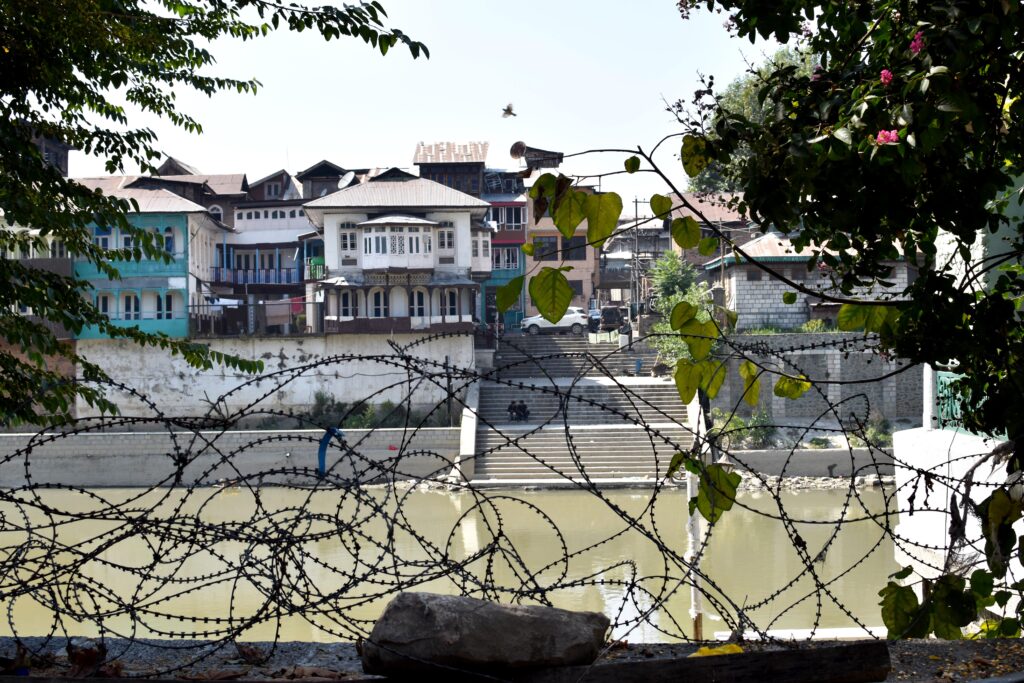
Torn Clothes, Scarred Bodies and Fenced Roads: Barbed wires as a material of occupation in Kashmir

When I was nine years old, I had one of my earliest encounters with the barbed wire—it was not my first, but it is the one I still vividly remember. I was on my school bus, nervously waiting for my stop. My father had collected my final-term results, so I knew anger and disappointment awaited me at home. When I saw the familiar maze of concertina coils on the road, I stood up. This was my stop, I lived on the right side of the all-wired road. I stepped down from the bus and watched it leave before walking to my home’s doorstep. Within seconds of the door opening, I was greeted with a quick, harsh slap. Tears welled up in my eyes, as I dropped my bags and ran. My matamaal—maternal grandmother’s house—stood on the other side of the barbed wires on the road. I paused before the concertina…
Related Posts


Donald Trump’s Master Economic Plan I Opinion by Yanis Varoufakis




